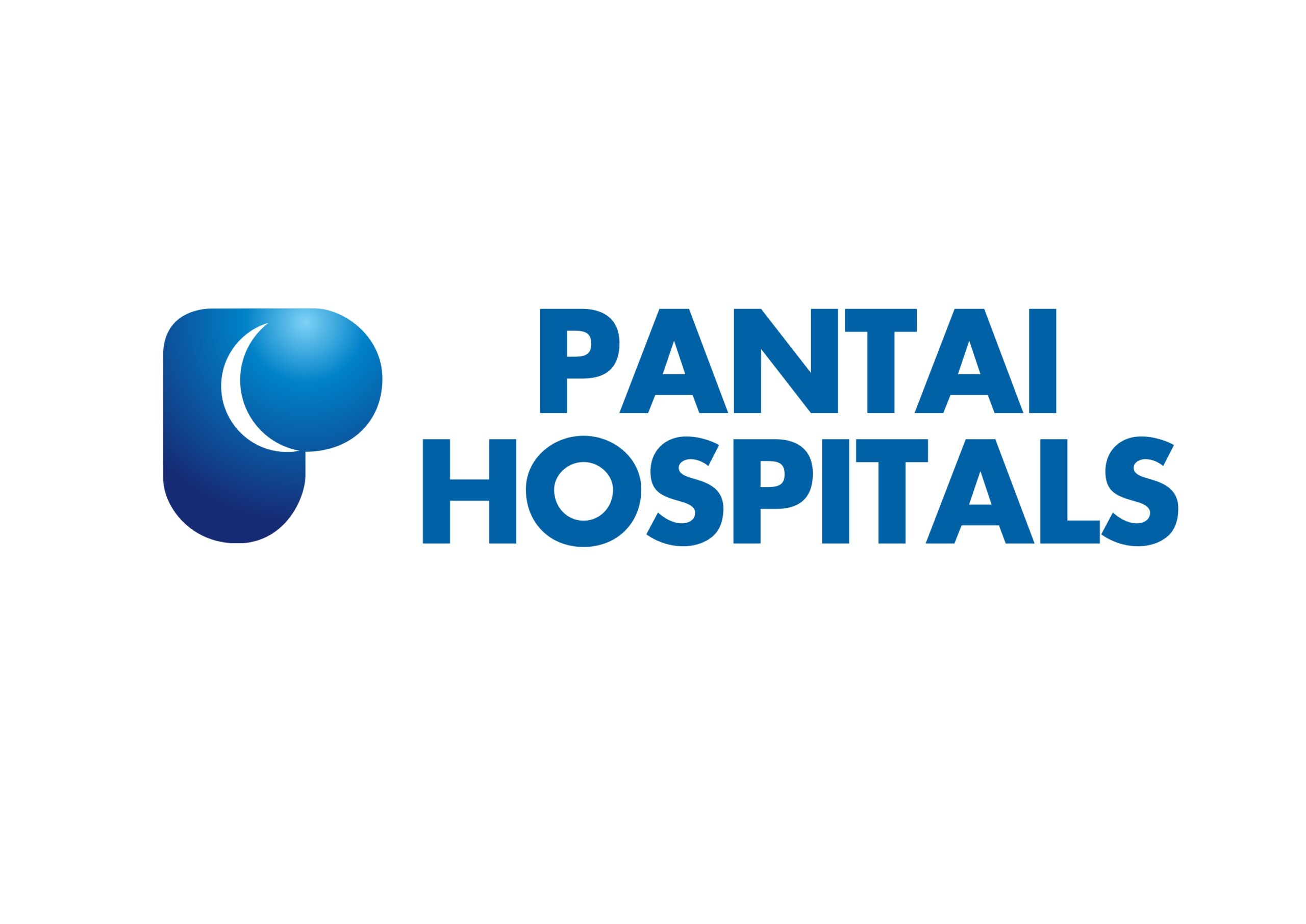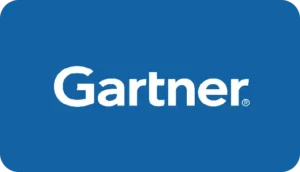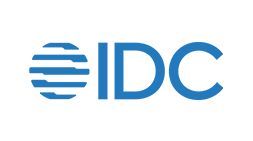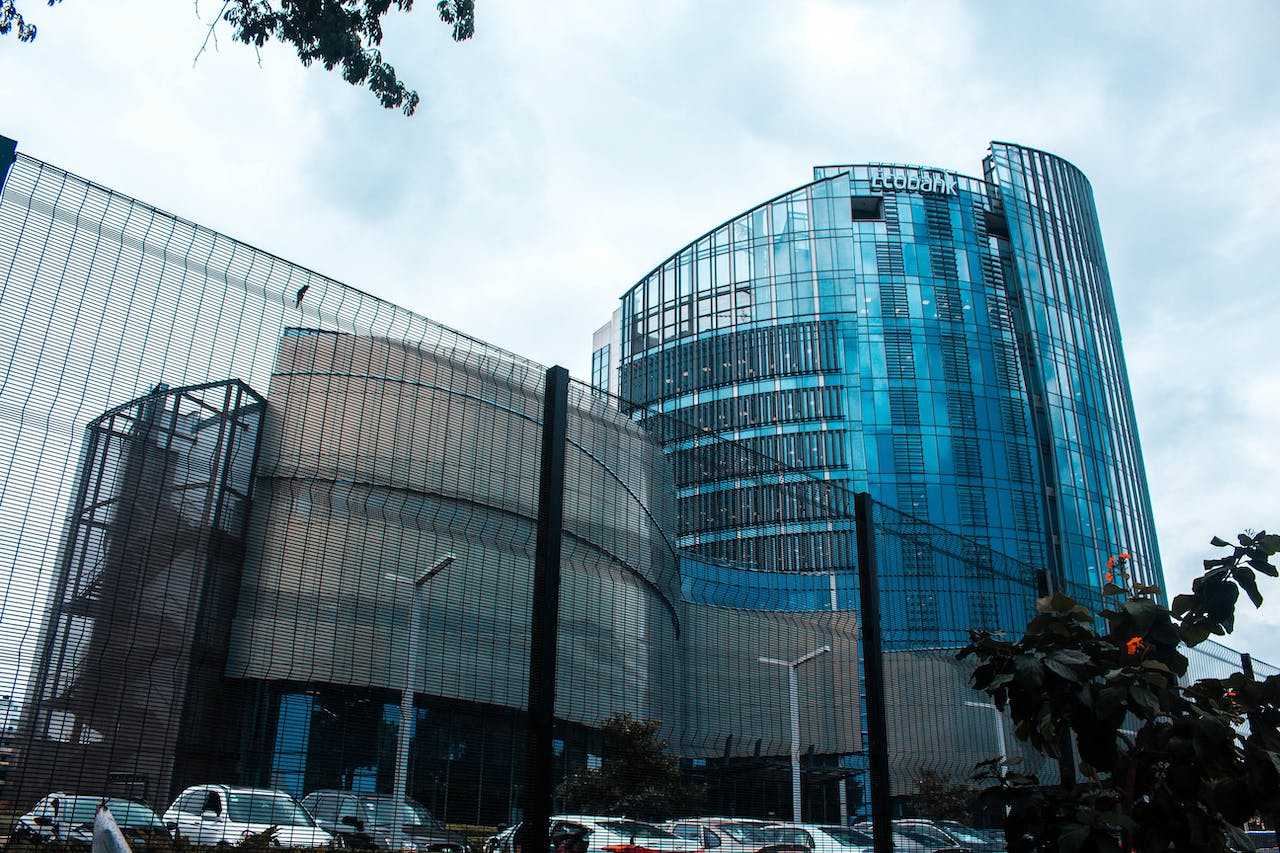A document management system (DMS) enables organizations to store, manage, and retrieve all organizational content and is a good fit for small-sized organizations. On the other hand, enterprise content management (ECM) software can offer all that a DMS has to offer and more! And it is ideally suited for large enterprises as it goes beyond storage and offers capabilities like content capture, business process management, and long-term archival. It enables organizations to completely digitize their operations while effectively managing content.
A document management solution can be considered appropriate for a department in an organization for its content storage and retrieval requirements. But from an organization-wide perspective, an enterprise content management solution is the go-to option where critical decisions are based on content, and you have to digitize large and complex business workflows and connect many applications and repositories.
NewgenONE Contextual Content Services Platform can be used for creating, capturing, managing, delivering, and archiving large volumes of documents. NewgenONE provides a highly scalable, unified repository for securely storing and managing enterprise content. It provides access to enterprise content directly and through integration with business applications. It also offers a centralized repository for enterprise documents and supports rights-based archival.
NewgenONE enterprise document management system supports both centralized and distributed scanning with policy-based upload. Manages the complete lifecycle of documents through record retention, storage, and retrieval policies. Supports exhaustive document and folder searches on date, indexes, and general parameters as well as full-text search on image and electronic documents.
Features of Newgen Document Management System
Centralized storage
Newgen’s enterprise document management system provides a cloud-based centralized repository that makes it easier for organizations to digitally store documents in standardized file structures and formats. Allows easy management, access, and retrieval of documents as and when required
Version control and auditability
Newgen’s document management solution enables users to keep track of changes that are being made to documents and leaves audit trails, permitting the reconstruction of actions taken on documents by individuals
Approval Workflows
Newgen’s document management system uses AI to route documents from one person to another through built-in content-centric linear workflow capabilities for quick approvals and reviews.
Security and access control
Newgen’s document management system provides an extra layer of control through granular access to documents. Stringent security policies and role-based access control prevent unauthorized users from accessing sensitive documents
Easy search and retrieval with Gen-AI
Electronic DMS allows easy search and retrieval of documents through intuitive search capabilities and prompt-based search capabilities through GenAI.
Disaster recovery
Any good DMS will have a disaster recovery plan. Digitally archived paper documents are protected from any disasters. Documents stored in a DMS cannot be lost or misfiled and can be easily located with cross-indexing.
Indexing
Newgen’s enterprise document management system uses GenAI to assign metadata to documents for easy storage and retrieval.
Lead with an Industry-recognized Platform
Organizations looking for an advanced content platform capable of scaling for heavy workloads and that need deployment flexibility and advanced automation and AI capabilities should consider Newgen.
The Forrester Wave™: Content Platforms, Q1 2025

Customers





























































































